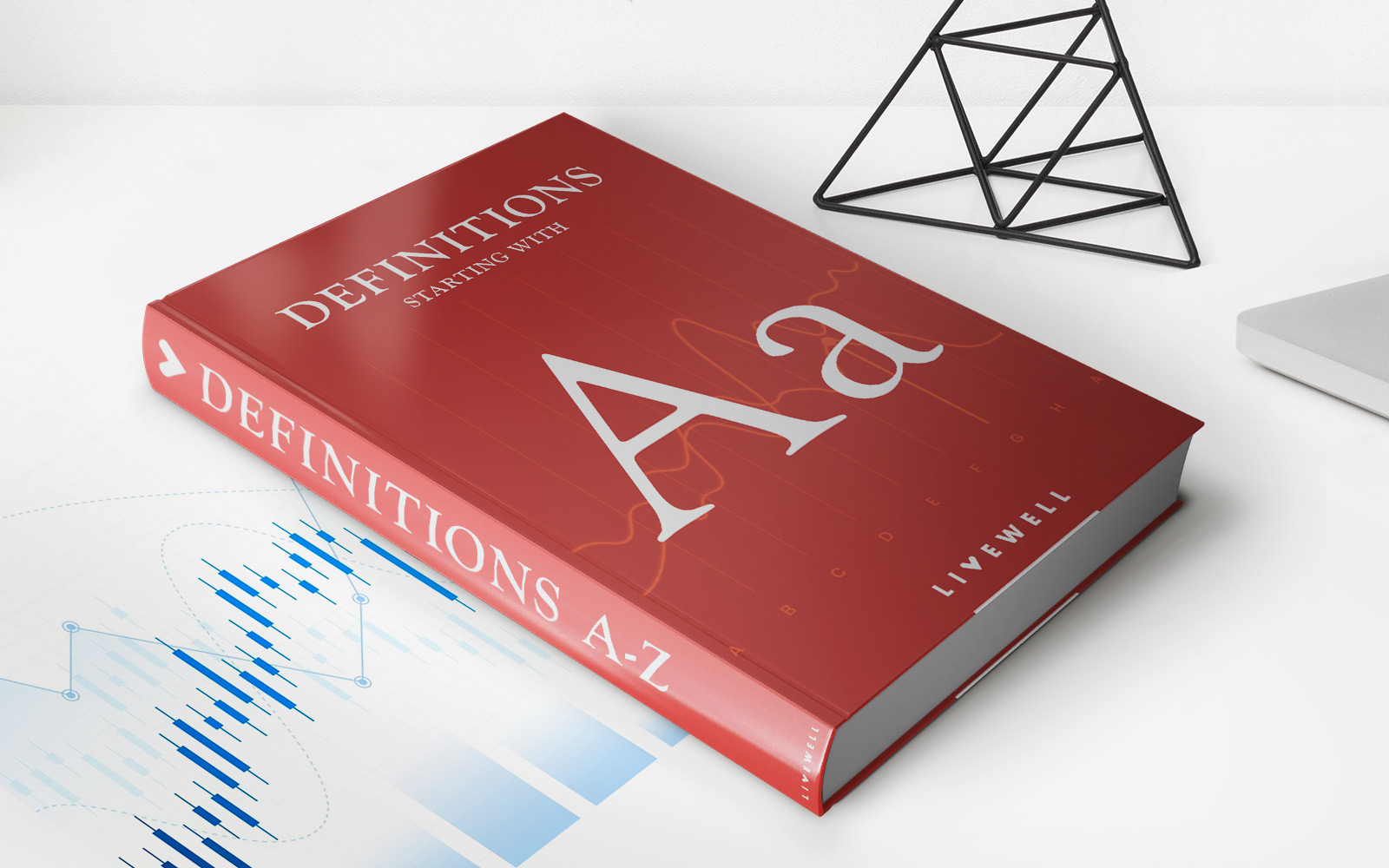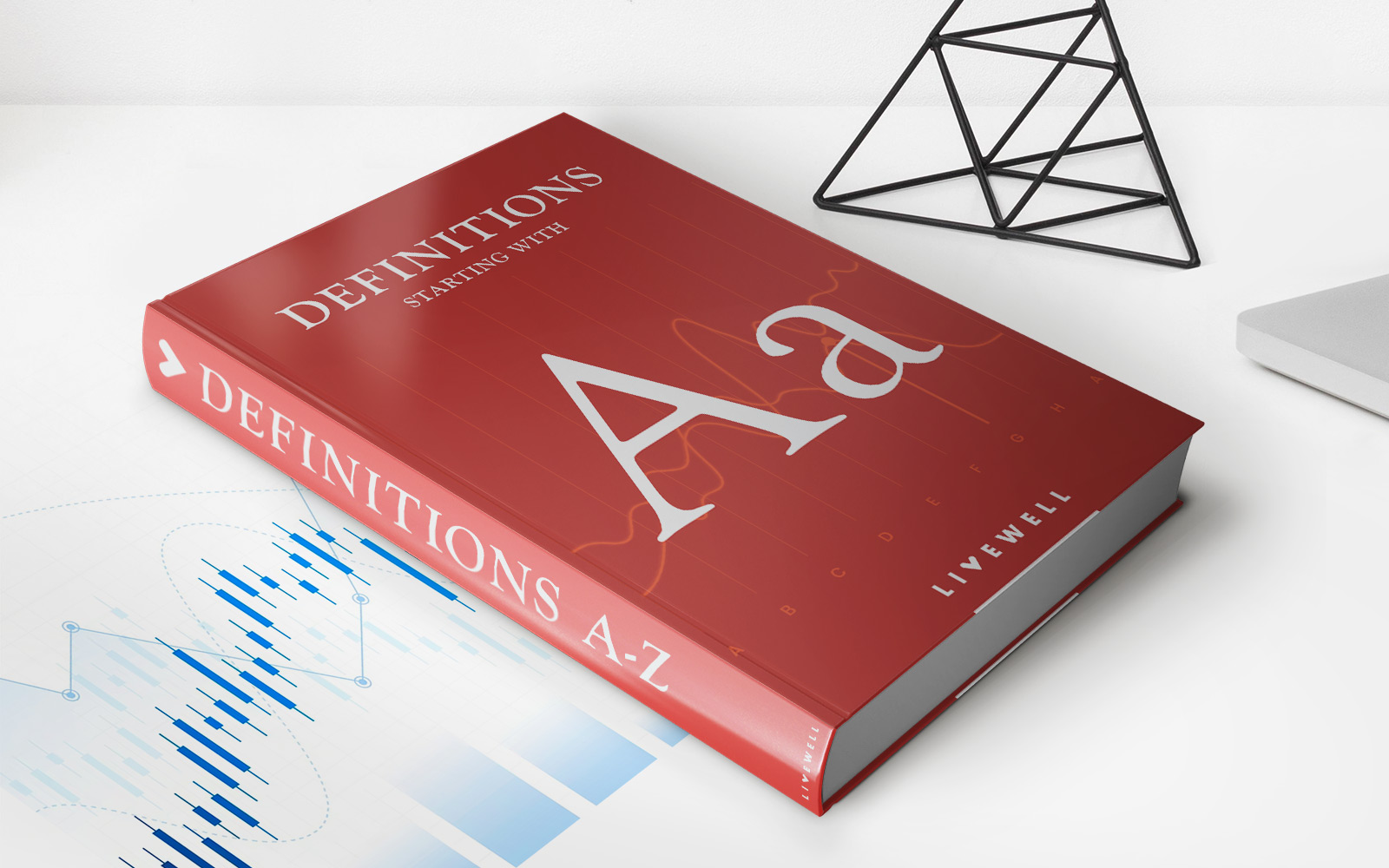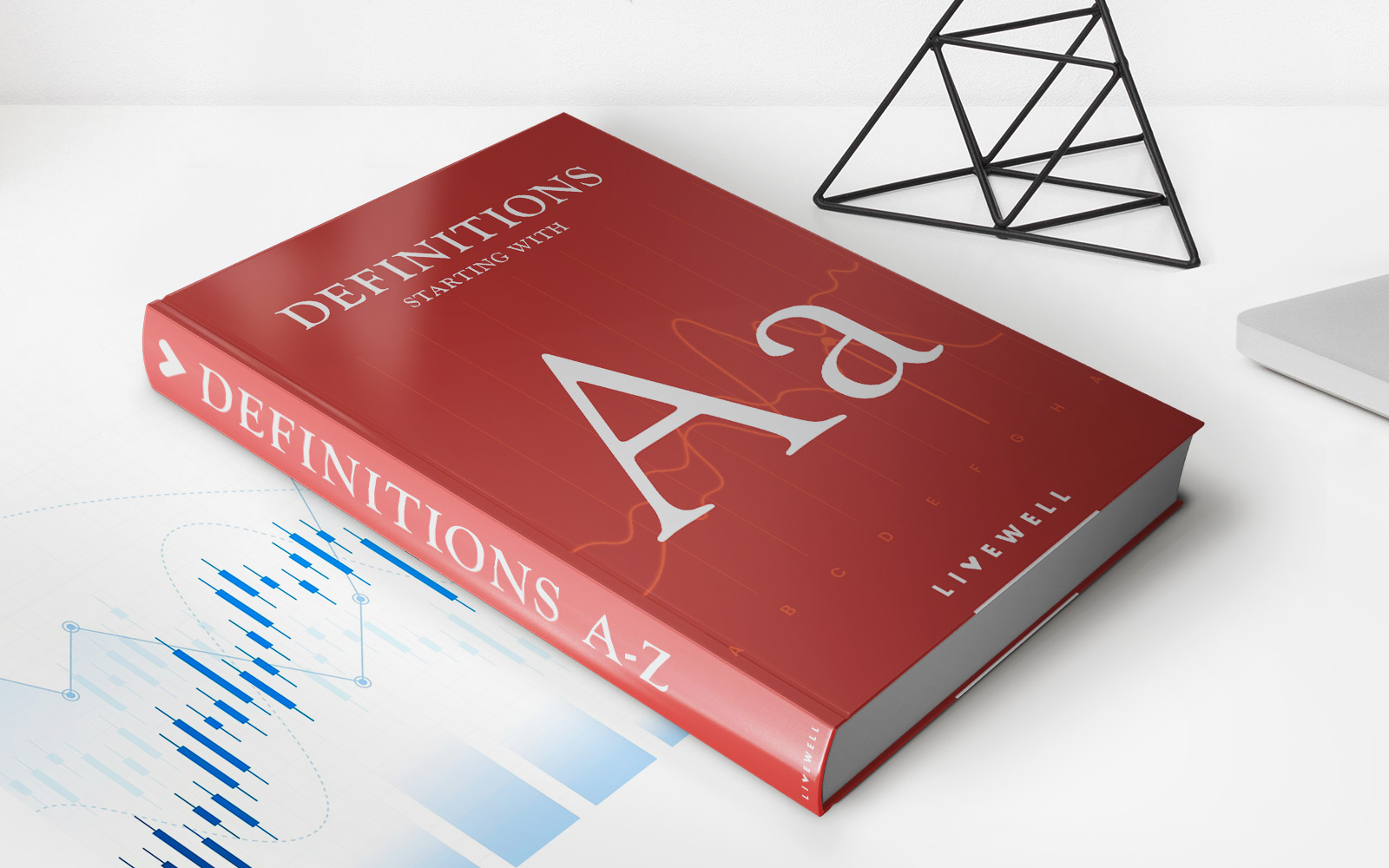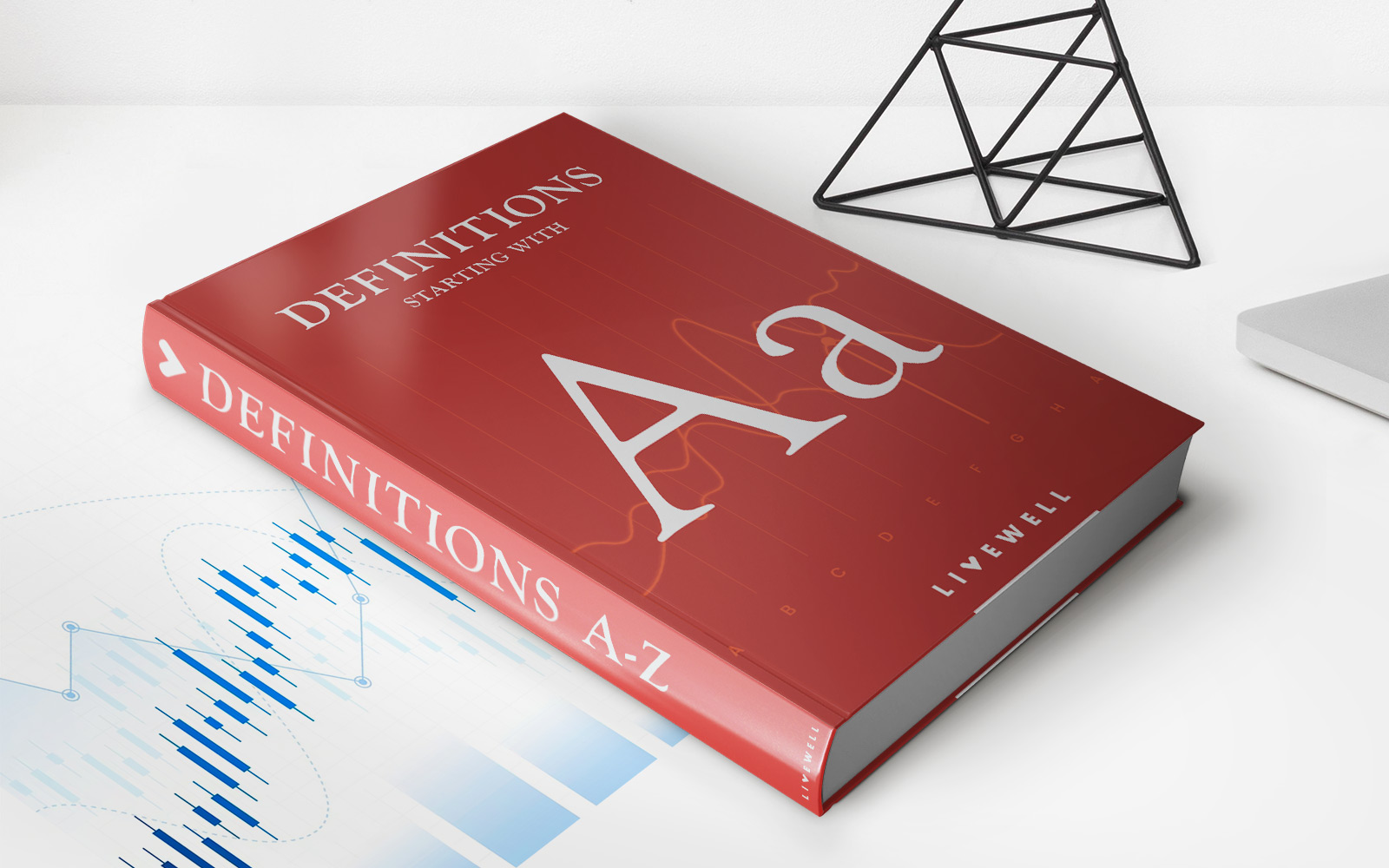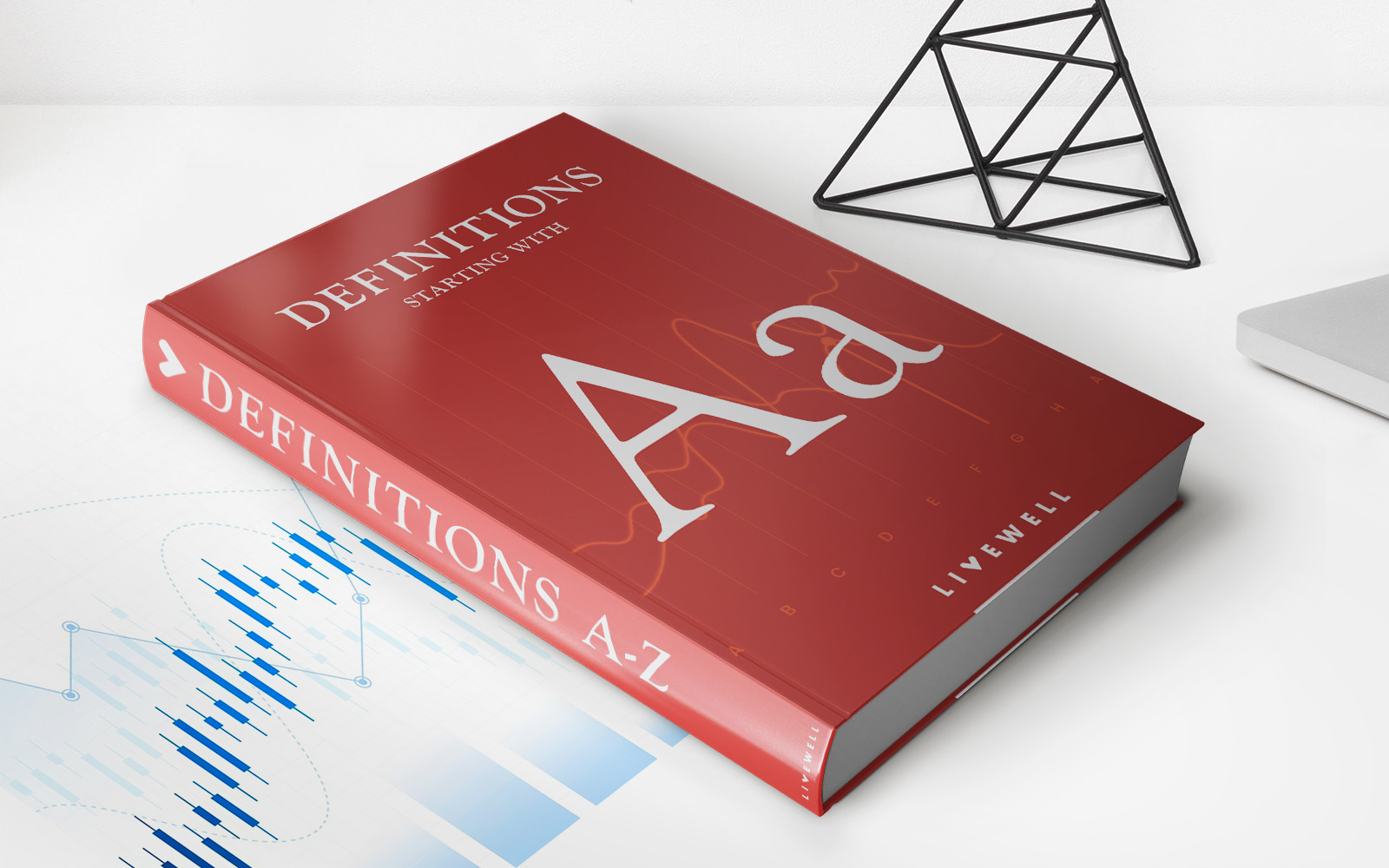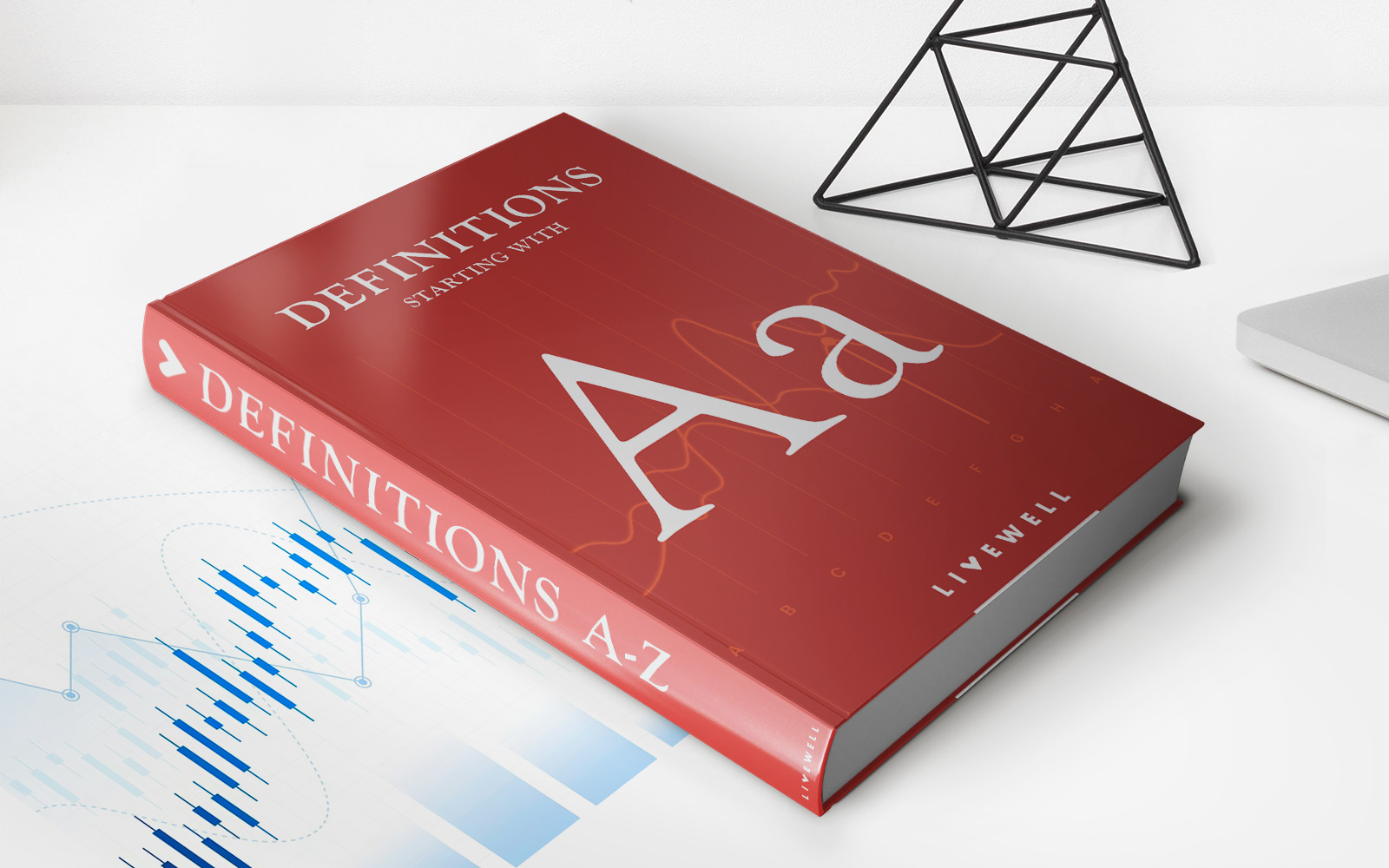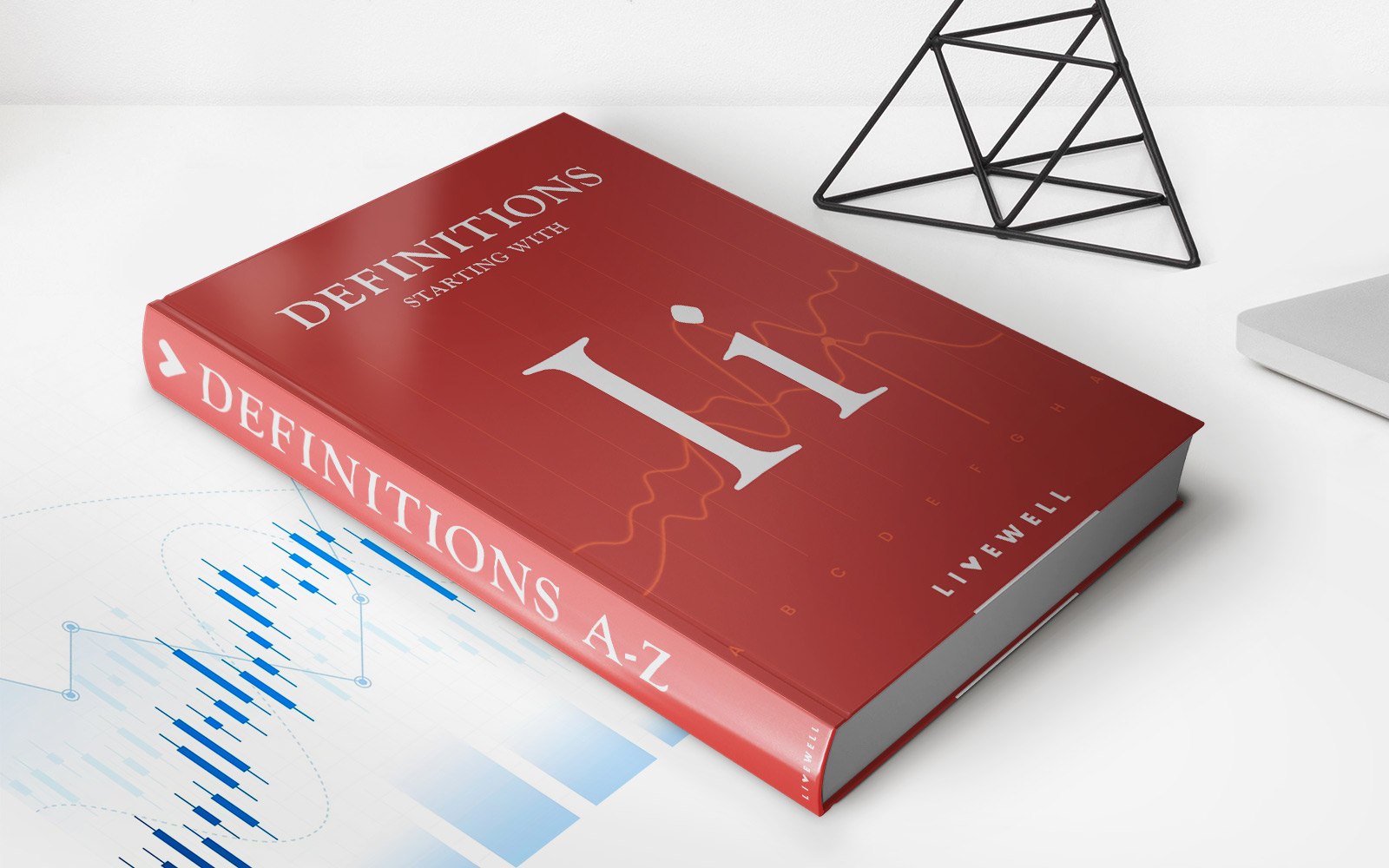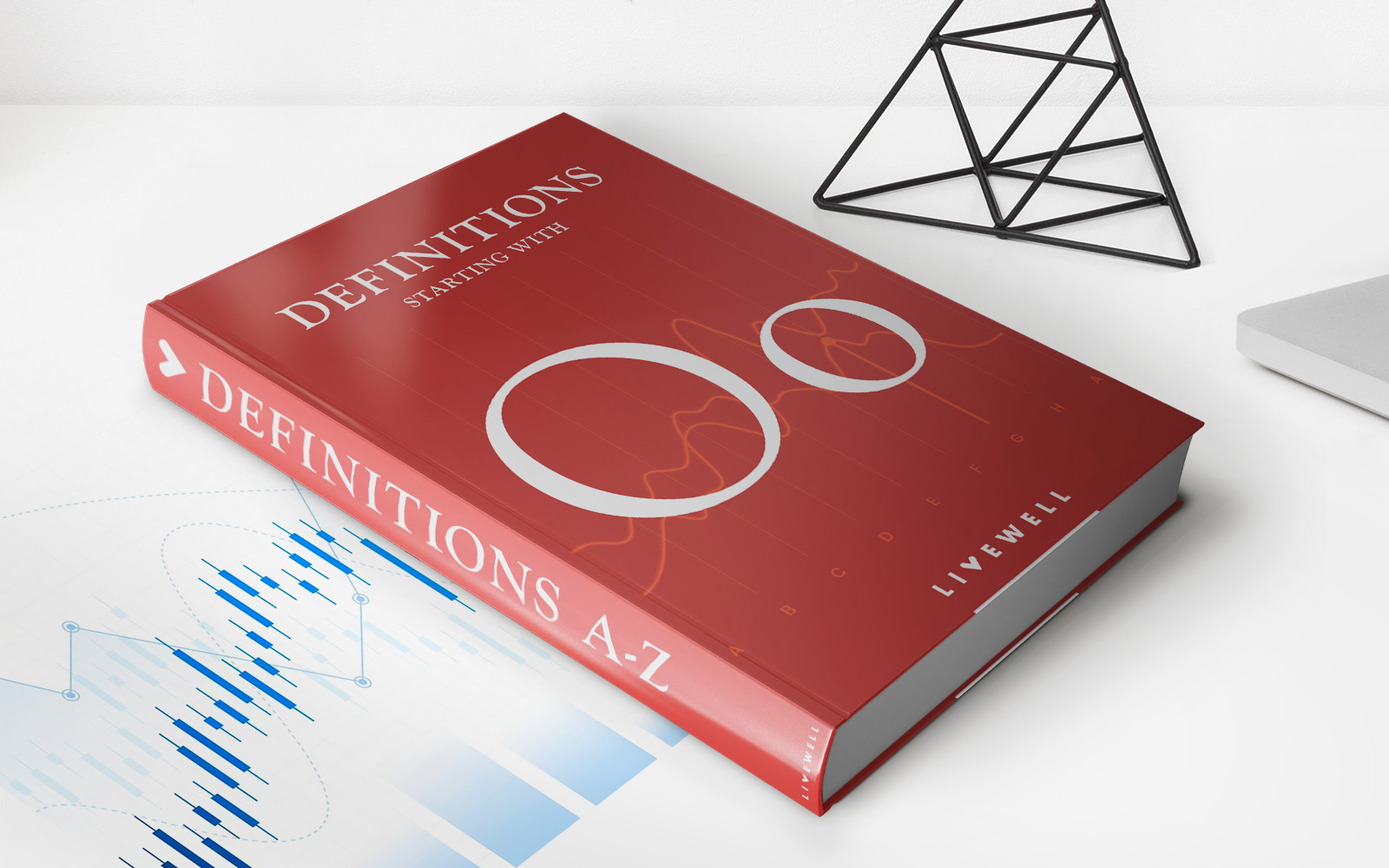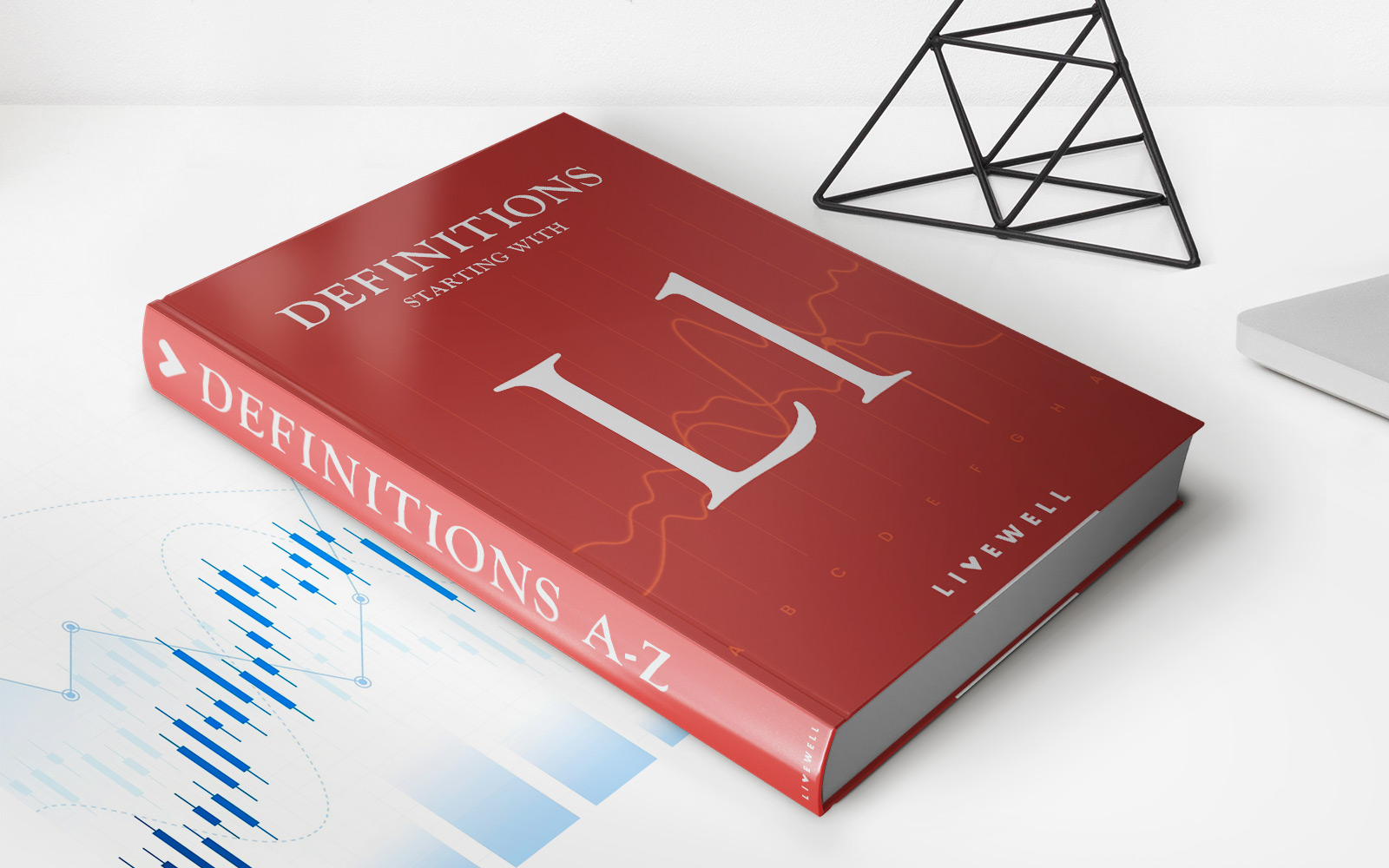

Finance
Latvian Lats (LVL) Definition
Published: December 16, 2023
Discover the definition of Latvian Lats (LVL) in the world of finance. Explore its history, value, and significance in the Latvian economy.
(Many of the links in this article redirect to a specific reviewed product. Your purchase of these products through affiliate links helps to generate commission for LiveWell, at no extra cost. Learn more)
The Latvian Lats (LVL): A Brief Introduction
Welcome to our Finance category, where we explore various topics related to money, currency, and the global economy. In this blog post, we will delve into the world of the Latvian Lats (LVL) and provide you with a comprehensive understanding of its definition and significance. So, let’s dive in!
Key Takeaways:
- The Latvian Lats (LVL) was the official currency of Latvia from 1922 until 2014.
- It was replaced by the Euro (EUR) as part of Latvia’s accession to the Eurozone.
The Latvian Lats, denoted by the symbol “Ls,” was the currency of Latvia for more than nine decades. It was introduced in 1922, following the country’s independence from the Russian Empire. The Lats served as a symbol of Latvia’s sovereignty and played a crucial role in its economic development.
During its existence, the Lats experienced several transformations, reflecting the changing economic and political landscape of Latvia. Notably, the currency was temporarily pegged to the Soviet ruble during the Soviet occupation but regained its independence and stability after the restoration of Latvia’s independence in 1991.
After joining the European Union in 2004, Latvia embarked on a path to adopt the Euro as its currency. This transition was completed on January 1, 2014, when the Latvian Lats ceased to be legal tender and was replaced by the Euro. This move aimed to further integrate Latvia into the economic and monetary union of the Eurozone and facilitate smoother trade and financial transactions within the European market.
While the Latvian Lats is no longer in circulation, it remains a part of Latvia’s rich history and serves as a reminder of the country’s economic journey. Today, Latvia is a member of the Eurozone, using the Euro as its official currency, enabling seamless financial interaction with its neighboring countries and the broader European Union.
In Conclusion
The Latvian Lats (LVL) was a significant currency that played a crucial role in Latvia’s economic development and symbolized its sovereignty. However, with Latvia’s accession to the Eurozone, the Lats gave way to the Euro (EUR) in 2014. Understanding the history and significance of currencies like the Latvian Lats helps us appreciate the dynamics of the global economy and how countries adapt to meet the demands of an ever-changing financial landscape.
Remember, knowing the financial history of different countries can provide valuable insights for those involved in international trade or those simply interested in understanding the world’s diverse currencies and economies.
